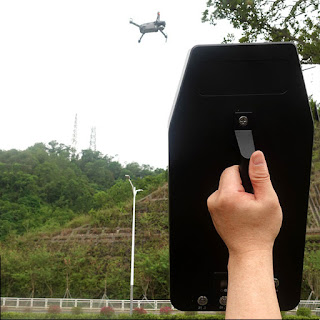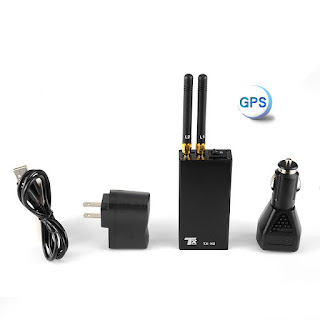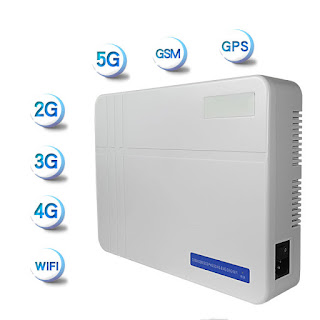Will U.S. Special Forces Soon Use Drone Jammers with Hand-Controlled Jamming Signals?
With the popularity of drones, drone jamming has become a considerable topic. Although some jurisdictions have banned drones, many people still own small drones for recreational and sometimes commercial purposes. Unfortunately, the U.S. military has a hard time dealing with enemy drones buzzing around their bases. However, to help them in the future, Battelle recently delivered a prototype of its DroneDefender weapon that can be used to jam enemy drone signals.
The new diy drone jammer is called the DroneDefender and it was developed by Battelle under a U.S. Army contract. It is basically an antenna that transmits radio frequencies and can get between an unmanned aerial vehicle and its operator. DroneDefender is designed to work with a single operator who can use it to disrupt the drone's signal while being protected by a bulletproof vest and eyes.
It sounds simple, and it is, but don't expect this tool to be available at your local Best Buy any time soon. Battelle is still working on how to sell their new product to military customers (and non-government agencies).
The weapon is lightweight and easy to use, which makes it well suited for a range of uses. It can be operated by a single operator, even in urban environments or during combat operations.
It is also well suited for use in rural areas and in hillside combat, where obstacles such as tall grass or other natural obstructions can make it difficult for large systems to operate effectively.
The drone jammer then flies in that direction, locating any drones within range. Once a drone is located, it disrupts its communications link to the pilot to prevent him from taking control of the drone and then lands on top of the offending aircraft to prevent it from flying away. The operator doesn't need to be a Special Forces soldier or even know how to fly the drone himself -- just point and shoot! That's the beauty of it.
To jam a drone's controls or video transmissions, the DroneDefender sends radio beams at it.
Jamming is not the same as hacking. Jamming is a way to disrupt the signal, while hacking is a way to control the drone itself and can do things like make it fly around or make it fall out of the air.
There is a jammer called DroneDefender that uses radio frequency signals to bring down drones. According to Wired, this can crash them or force them into landing mode - but it doesn't actually hijack their controls and send them whizzing off into the trees. It just broadcasts interference so the drones can't communicate with the remote control pilot or the GPS location chip on board.



Comments
Post a Comment